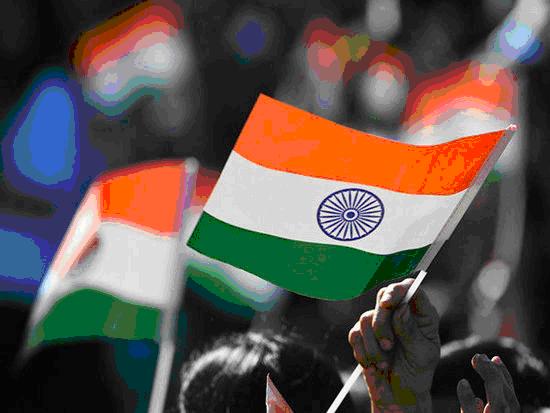Made in China Complements Make in India
2015-06-25

It looks like blasphemy against Narendra Modi's command to Make in India — moulding and colouring plastic Ganesha idols at rapid production speed, at a Yangtze River Delta factory, in China.
This part of China is known for manufacturing merchandise that is sold in the nearby hub of Yiwu. Thousands of Indian buyers visit annually, drawn by the vast selection. In reaction, more than a few in India, not least of all the PM himself, would like to know, 'Why can't Ganesha be Made in India?
Although a whimsical outlier, Indians can't help but think of Ganesha idols made near Shanghai as proof that Chinese manufacturing is a zero sum competitor that routs home industry.
What gets less attention but matters more is Indian imports from China are mostly capital goods that are industrializing India and retail merchandise is a small part of bilateral trade.
Rather than stifle Indian manufacturing, importing from China is complementary to growing Indian exports.
Consider how Make in India is generally envisioned as an export-orientated strategy. My claim about Chinese and Indian manufacturing synergy is then put to the test by analyzing whether Made in China products complement the needs of top Indian exporters.
India’s most globally-competitive exporters are in the IT and business process outsourcing, drug manufacturing, and an assorted variety of high-value industries, like wind turbines and auto parts.
The IT and BPO companies need a reliable telecom network to seamlessly transmit a high volume of data to distant clients. China has provided much of the equipment with providers from China accounting for 60% of the total Indian imports of telecom equipment.
China's telecom equipment manufacturers are not competing against Indian manufacturers, which have a very limited presence in the industry, but have instead wiped out the once excessive market power of a first world telecom equipment oligopoly. The result is lower costs for India and upgrade acceleration.
In another high-value industry, Indian drug-makers buy most of its demand for active pharmaceutical ingredients from China. The raw material purchased from China is used by Indian manufacturers to produce a higher value export, earning India $15 billion in export income.
Predictably domestic power equipment-makers object to the pressure of foreign manufacturers, particularly from China.
Unfortunately, domestic companies can make the case against Chinese competitors based on the conventional frame of reference that pits China and India as opposed forces and zero sum competitors — a rivalry of similar, conflicting symmetry is then assumed to exist between Made in China and Make in India.
However, after evaluating the needs of India's top exporters, imports from China — while putting intense pressure on uncompetitive Indian companies that burden the rest of the economy — work well in association with the leading edge of India. It is these companies that will drive Make in India.
Narendra Modi's vision of industrialization then comes into pair-wise alignment with a liberal trade policy towards China.
